|  |  |  |
|
|
|
|
| Tropical beaches, vast wetlands, great rivers, idyllic colonial towns, little-explored jungle and majestic mountains are among Venezuela's varied settings. |
|
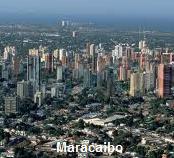 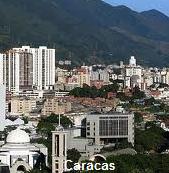  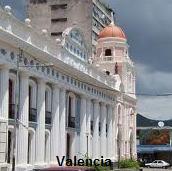 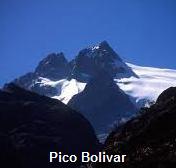 |
|
Venezuela is as much a Caribbean country as it is a South American one. Parts of its shoreline could easily be mistaken for that of some paradisiacal Caribbean island, and at night the discos in Caracas come alive with rhythms from all over Caribbean.
Venezuela's mainland rests on the South American Plate; with 2,800 kilometers (1,740 miles) of coastline, Venezuela is home to a wide variety of landscapes. The extreme northeastern extensions of the Andes reach into Venezuela's northwest and continue along the northern Caribbean coast. Pico Bolivar, the nation's highest point at 4,979 meters (16,335 ft.), lies in the region.
Venezuela is probably named by Spanish sailors who were reminded of Venice in Italy. The population is around 28 million, and the capital, Caracas has a population of around 3.2 million. Other major cities are: Maracaibo, Valencia, Barquisimeto, Maracay, Merida and Ciudad Bolivar. |
|
|
|
|
Tropical beaches, vast wetlands, great rivers, idyllic colonial towns, little-explored jungle and majestic mountains are among Venezuela's varied settings. The most important and popular tourist attractions are: Angel Falls, the world's highest waterfalls, set in the rainforest of the Guiana Highlands, the waterfalls were not discovered by the outside world until US pilot James C. Angel spotted them from above in 1935.
Isla Margarita, off the northern coast of Venezuela, is a major tourist destination for sun worshipers worldwide with wide spans of palm-lined white beaches, clear water and numerous water sports like windsurfing, scuba diving and snorkeling. Parque NacionalLos Roques is the perfect retreat for anyone who enjoys snorkeling, fishing, windsurfing, diving or just lounging on peaceful, remote islands in the beautiful Caribbean Sea. The Sierra Nevada de Merida is the only Venezuelan range with permanent layers of snow on the higher peaks, including Venezuela's highest, Pico Bolivar. The area features excellent hiking, mountain climbing and mountain biking among other activities, and is also home to several delightful rural villages.
Because of its proximity to the Equator, Venezuela experiences few climatic variations. There are really only two seasons: dry and wet. The dry season lasts from December to April, the wet one from May to November. The average temperature is 27C, but cooler temperatures prevail at higher elevations, especially in the Andes.
|
|
 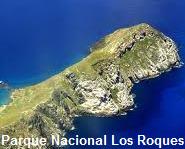 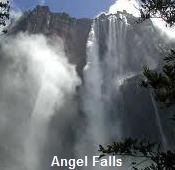 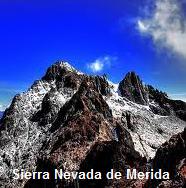 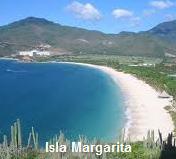 |
|
|
|
|
|
|
Map of South America |
|
 |
|
|
| | |
|










